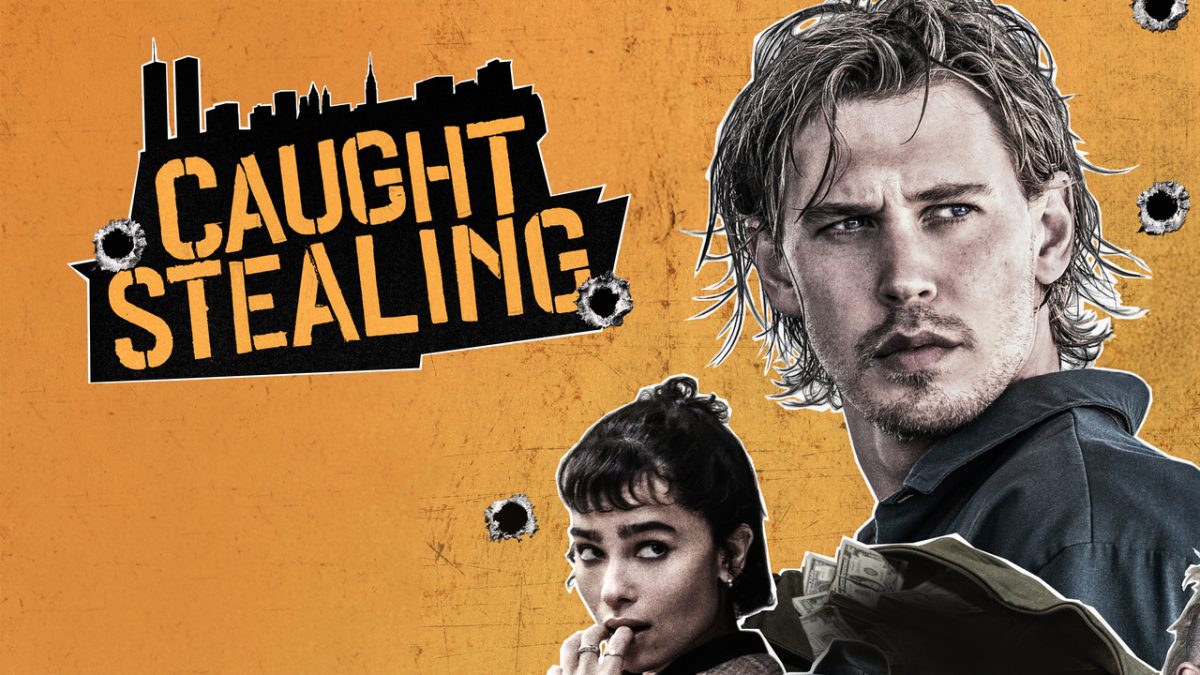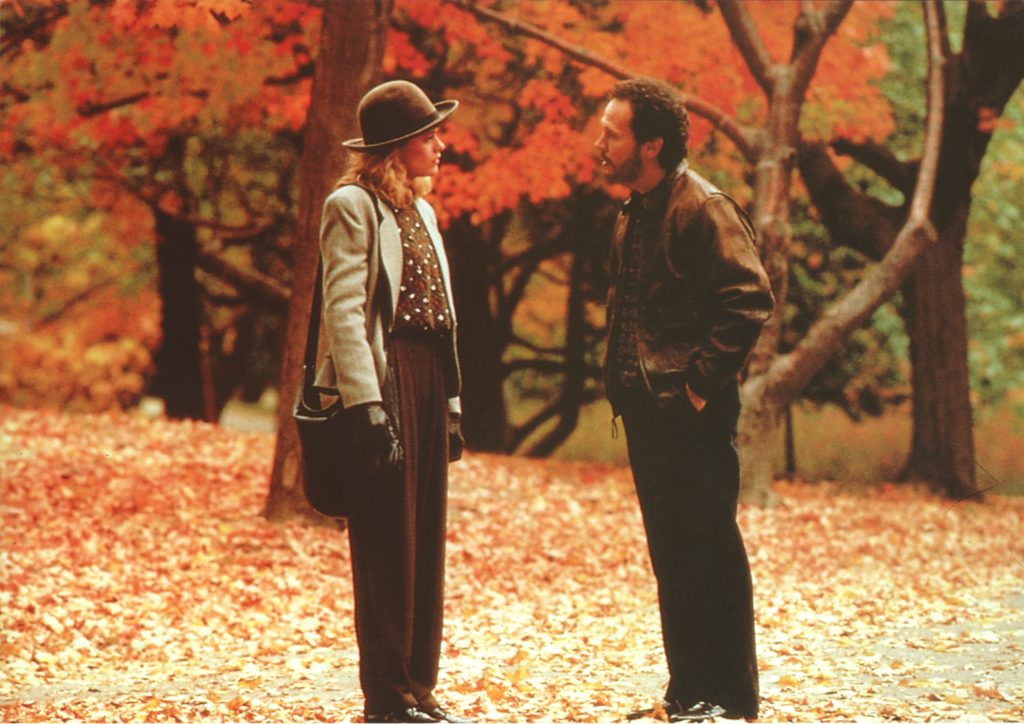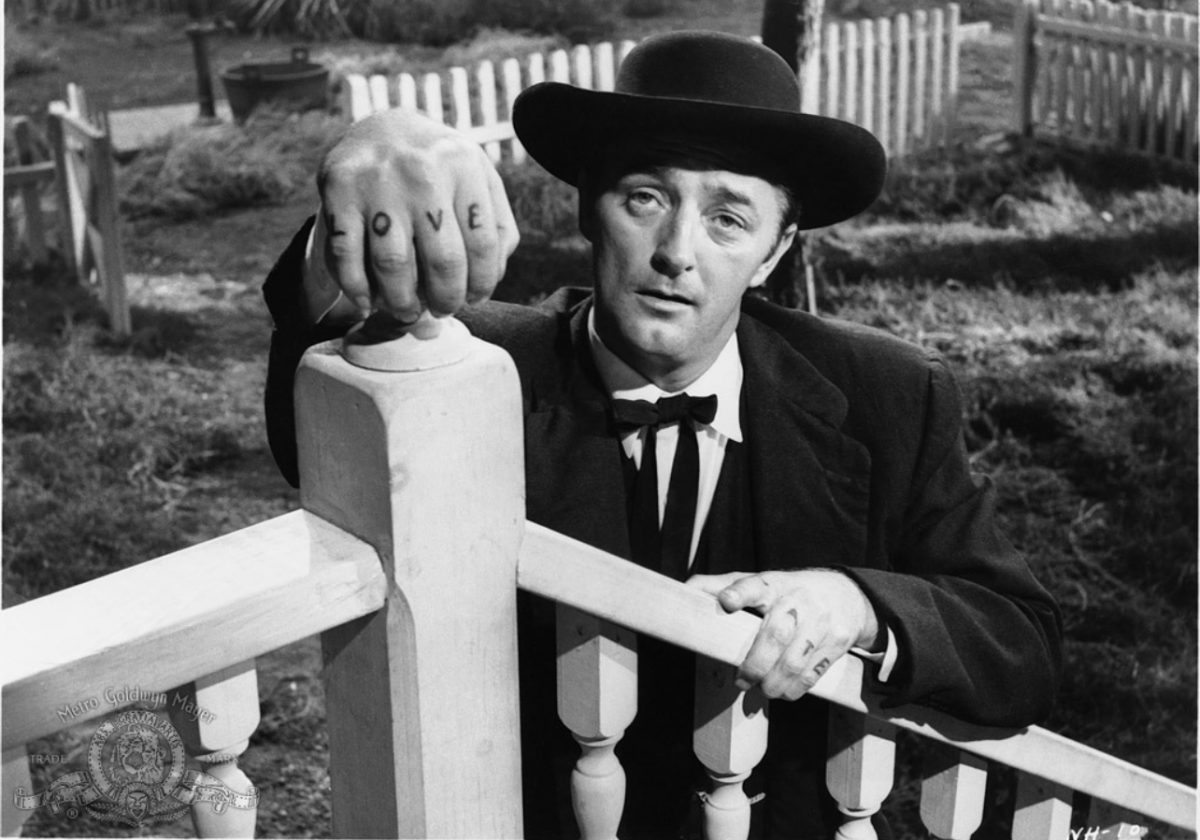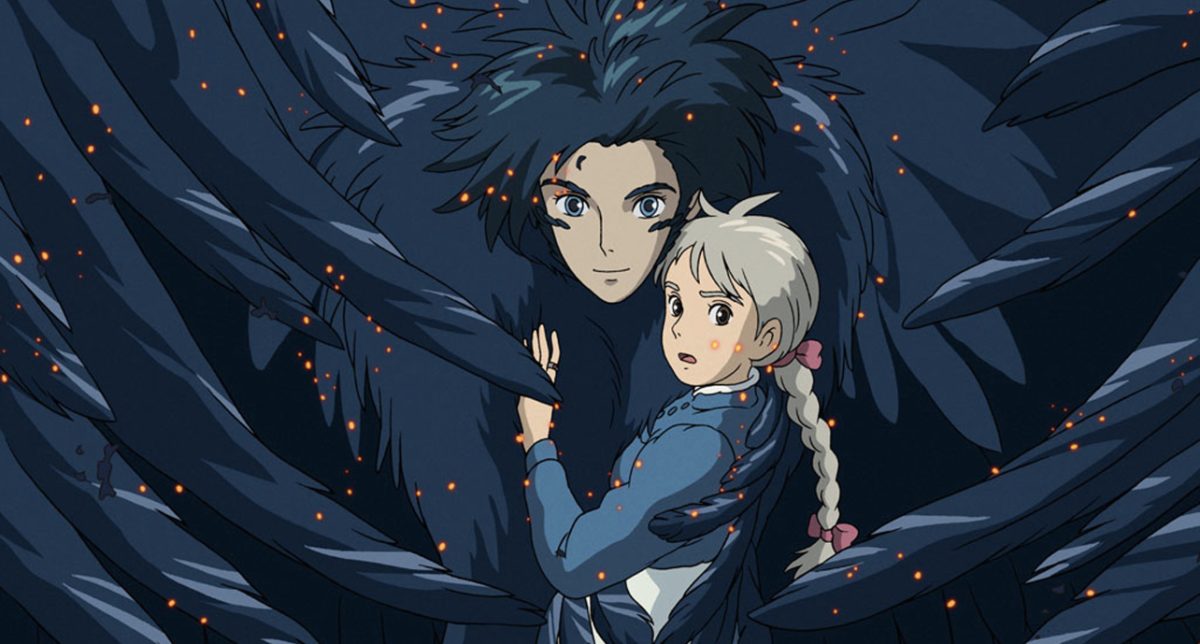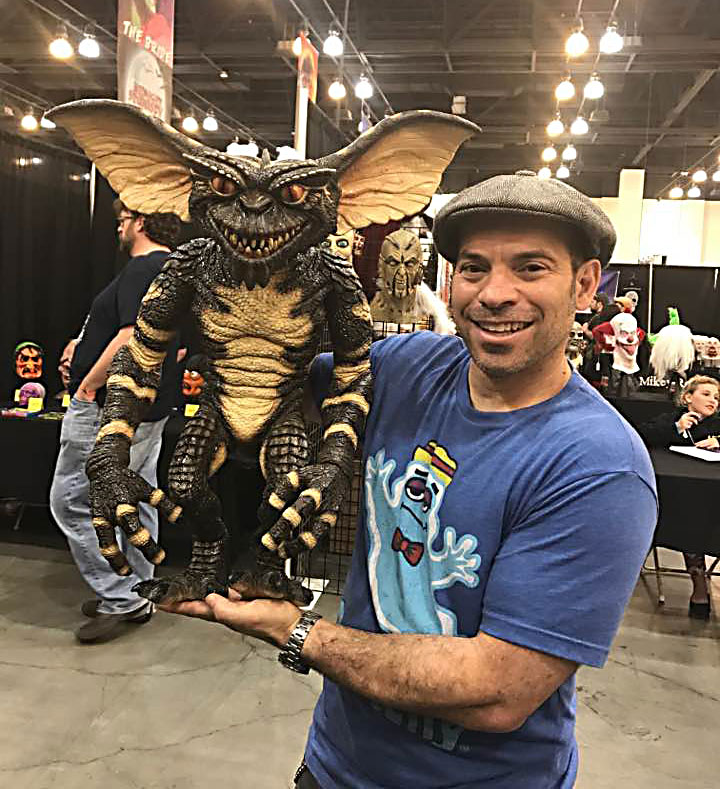
Storm Reid seeks the guidance of Rees Witherspoon as she embarks on a quest to find her father.
Disney flick will ‘Wrinkle’ audiences’ imaginations, but deprive them of their ‘Time’
As I walked out of the movie theater after watching “A Wrinkle in Time,” Disney’s latest installment in its visual effects-laden family flick lineup, I found myself appreciating the story for 2015’s “Tomorrowland” about dreamers and the future more than ever.
Besides the title and basic story elements, I didn’t find anything that remotely resembled a big screen adaptation of a classic book.
Instead, what I got was exactly what I perceived from the trailers: Disney’s pixie dust-coated propaganda on family values and optimism in our children through science and technology being heavy-handedly preached to the audience.
Don’t get me wrong, I admired director Ava DuVernay’s efforts to evoke emotion through the relationship between the main protagonist (played by Storm Reid) and her father (played by Chris Pine), the film’s racially diverse cast, several visual effects sequences, and the performances from Pine, Oprah Winfrey, Mindy Kaling, and Reese Witherspoon.
However, “A Wrinkle in Time” falters when trying to depend on the child actors’ performances, some of whom lack the emotional maturity to play their characters.
“A Wrinkle in Time” follows Meg Murry (Reid), a reclusive girl trying to live with the mysterious disappearance of her father (Pine), an astrophysics professor.
One day, a trio of mystical beings named Mrs. Which, Mrs. Whatsit, and Mrs. Who (played by Winfrey, Witherspoon, and Kaling respectively) arrive and encourage Meg, her younger adopted brother Charles Wallace (played by Deric McCabe), and classmate Calvin O’Keefe (played by Levi Miller) to embark on a quest to find and bring her father home.
I have not read the original novel, and am judging the movie on its own merits. Reid is a solid actress who excels at portraying an introverted and secretive character. With some polishing, she can be the next big thing.
Winfrey, Witherspoon, Kaling and Pine are the real stars, for their presence provides the necessary gravitas, warmth and quirkiness required for their characters. On the other end of the spectrum, young Deric McCabe as Charles Wallace was about as miscast as Jake Lloyd’s Anakin Skywalker from “Star Wars Episode I: The Phantom Menace”.
The film’s visual effects are hit-and-miss, because while the landscape shots utilizing New Zealand’s rolling hills are eye-popping, the mythical creatures’ computer generated imagery and designs are too apparent and could have used some animatronic work to appear more convincing and imaginative.
The film’s editing is at times questionable. For instance, during a key scene of exposition, pop music can be heard in the background. This editing choice made me feel like I was watching a Disney Channel music video instead of a cerebral trip through the galaxy.
Despite its best intentions, “A Wrinkle in Time” is a disappointing mixed bag of great yet underutilized performances from the adults, lukewarm child performances, sometimes visually stunning effects, well-intended yet heavy-handed themes, and a severe case of Disneyfication. Is it worth the audience’s time? Maybe.

